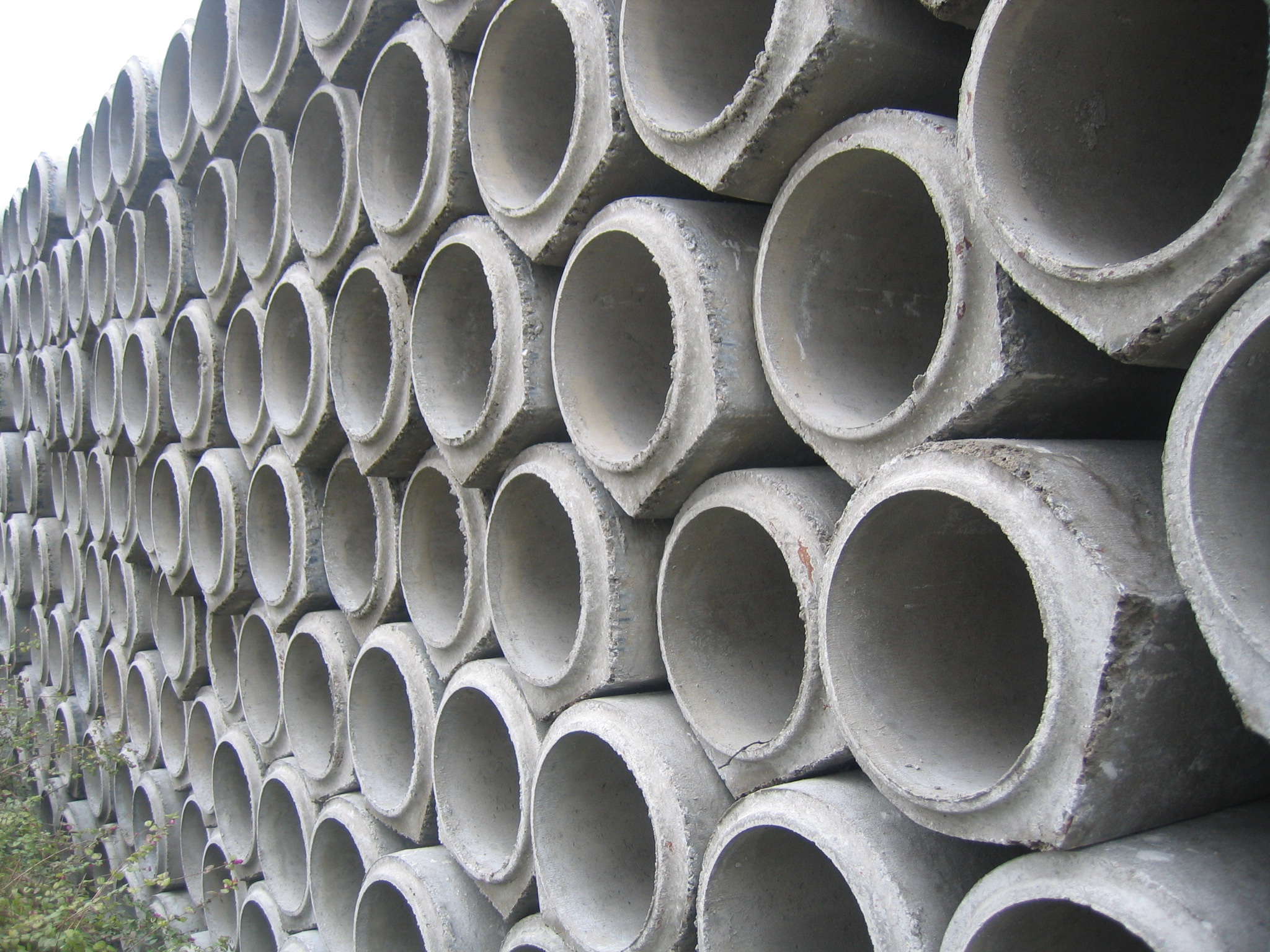Today, we hear the word “asbestos” and think “avoid.” Asbestos is a naturally occurring fibrous mineral and a carcinogen, known for causing cancers like mesothelioma and lung cancer when inhaled. We no longer build with materials that contain asbestos, but it used to be common in construction and consumer products. Even today, a large percentage of water mains contain asbestos.
The 20th century was all about development. A lot of the infrastructure from that time still exists, including water distribution and sewer systems. Asbestos cement (AC) pipes were common because the material was cheap and sturdy. By the time we discovered how dangerous asbestos is, AC pipes were everywhere.
The Environmental Protection Agency (EPA) began regulating products that contain asbestos in the 80s, but there were no stipulations requiring already-existing AC pipes to be replaced. According to Mesothelioma Hub, roughly 18% of the pipes in the U.S. and Canada are still AC pipes; HDR Engineering estimates that’s over 600,000 miles of pipe across the two countries.
Just being around asbestos can increase the risk of cancer. Water workers who repair or maintain AC pipes are exposed to the mineral. While it’s unlikely that you’ll consume asbestos by drinking water from AC pipes, it’s possible. Additionally, old pipes can deteriorate or break and release asbestos into the water, and AC pipes tend to fail suddenly and completely (unlike pipes made of other materials, which begin leaking and get worse over time). Some studies also suggest that it’s possible to inhale asbestos released from steam in showers and humidifiers.
Experts seem divided on whether or not AC pipes are an urgent cause for concern. But as most of the existing AC pipes are reaching the end of their lifespans anyway, it’s past time for a safer alternative. Fortunately, there are safe and easy ways to replace AC pipes. The EPA has released regulations for handling asbestos, called the Asbestos National Emission Standards for Hazardous Air Pollutants (NESHAP). These regulations go over how to safely handle asbestos products.
In 2019, they took it a step further and approved an alternative work practice called close tolerance pipe slurrification (CTPS), which specifically targets AC pipes. CTPS disposes of AC pipes by grounding the AC pipe into a slurry and then vacuuming it up. Workers can then install a new pipe.
If you think your home might have AC pipes, you can buy an at-home test or call a specialist to check. Houses built after the 1980s are usually unaffected, since that’s when many EPA regulations were enacted. You can also check the pipe insulation or pipe damage for signs of asbestos. But you should never attempt to remove asbestos yourself, as this can lead to exposure. Even when just testing for asbestos, wear a mask! Don’t underestimate the danger of this mineral. This site has more information about AC pipes and how to decide whether or not yours need to be replaced.
When it’s time to replace AC pipes, engineers like us at Heneghan and Associates, P.C. make it easy to design a new, modernized system for your water. Water and wastewater engineering is a major part of what we do at Heneghan. We work closely with municipalities and water companies to design their water and wastewater systems.
As infrastructure ages and is replaced, our engineers are eager to design long-lasting and safer systems to carry us into the future. The 20st century might be over, but great development will never end. Feel free to contact us for more information about water system distribution and design!

